Blake’s early partner in crime with the launch of Dirty Coast in the city after Katrina. From friends to partners, Patrick ran the day-to-day operations from 2006 to 2014. Here he and Blake reminisce about the early days of getting started.
--
Blake
How did we first meet? Was it at my studio on Sophie Wright?
Patrick
I think we kind of knew each other already, just from hanging out with the same people. But then I hired you. Remember, I had just started my business.
Blake
The pet walking business, right?
Patrick
Yeah—Crescent City Pet Care. I was fresh out of Chicago. I knew right away I wasn’t going to be a cubicle guy. After graduating from college, I moved there with my girlfriend, Jennifer. My thinking was, “I’ll just walk around the city, walk dogs, and make money.” After one Chicago winter, I decided to move back to New Orleans to start my pet care service. Looking back, it sounds a little crazy, but I was just a young kid figuring things out.
Blake
Did we get connected through Zack (Smith) or Nick (Slie)?
Patrick
It might’ve been Robin (Bordelon). Robin graduated the year before me at LSU, and we were always hanging out at Chelsea’s. Through her, I met a lot of folks from Baton Rouge and New Orleans—people like Nick, Bruce, Zach, Derek Freeman, and Slate. There was the Lafayette crew, the Baton Rouge crew, and we were all LSU folks crossing paths. Robin had a place at the Henderson, and that’s where we’d all gather.
So, I think that’s how I got to know everyone—including you. We were just a bunch of young, smart people who loved New Orleans. We were out every night, soaking it all in, and I think Dirty Coast really became an outlet for all that energy.
Blake
Yeah, of course.
Patrick
I think that’s kind of the big thesis I keep coming back to: your energy and my energy both came from the same place—we just loved New Orleans. Not that we don’t still love it, but back then, 20 years ago, it was different. I remember clinging onto you, like, “Let’s hang out, let’s do something.” This was even before Dirty Coast. I don’t know exactly when, but it must’ve been before Katrina that you started thinking about a t-shirt company.
Blake
Yeah, it was around summer 2004 when I first started throwing the idea around.
Patrick
So about 12 months before Katrina?
Blake
Exactly. At the time, Ben and I were building websites, and I knew he could build an e-commerce site. We were working with some great designers and illustrators, and I had a handful of random tagline ideas. I bought the domain in November 2004—at Rue, of course, the old big Rue—and then started working on it slowly in 2005.
The real spark was the response to the “Be a New Orleanian Wherever You Are” stickers. That reaction flipped a switch for me—I realized this could actually work. By late 2005, maybe November or December, you and I started talking seriously.
Patrick
Yeah, somewhere down the street from your house, right?
Blake
Could’ve been the Half Moon, the Saint, Molly’s—maybe even St. Joe’s. I can’t quite remember. But I do remember talking through the concept with you. At the time, you were cutting trees with Zach. It paid well but was grueling, hot work. And you said, “Alright, I’ll help you. Let’s get this off the ground.” We shook on a kind of profit-sharing deal, and that was the start. Before that, I just had designs up on CaféPress. Then we had to figure out: how do we get this stuff printed, how do we launch, where do we ship from? That’s when Diego came in—we met him at La Chiva Screen Printing through Angel at TwiRoPa.
We were in there every day just grinding, problem-solving nonstop. I don’t even remember the exact process or steps we were taking—it was just constant work, figuring things out as we went.
Patrick
I remember going to your house on Thelia almost every day. I’d drive down from Tanya’s and head straight there. That’s where you had your office—you’d moved out of Wimp and bought that place.
You’d turned it into a workspace, and it was perfect for starting a business. We were in there every day just grinding, problem-solving nonstop. I don’t even remember the exact process or steps we were taking—it was just constant work, figuring things out as we went.
Blake
I was really focused on new designs and the branding side of things. We had Eric Keter design the logo and the first version of the website, and then Ben started building out the e-commerce.
This was before Shopify—before any of those plug-and-play platforms. Everything was custom: the theme, the content management system, the customer accounts, the checkout. Looking back, it was a huge lift for 2005.
Patrick
I don’t even know how we pulled it all off. I just remember constantly bugging you about the website—like every day: “When’s it gonna be done?”
Blake
I know we launched in early spring. That’s also when we first had physical products on display. I’m pretty sure the very first time was at Pumpkin’s house outside of Jazz Fest.
Patrick
I can’t verify it for sure, but I remember we printed up a batch of “Be a New Orleanian Wherever You Are” shirts—four different sizes—and I was running them around to coffee shops. I think the first wholesale order came through Still Perkin’ on Prytania. Somehow this lady found us—probably through the stickers, since they had DirtyCoast.com on them—and she reached out. Suddenly we were selling shirts wholesale. I remember schlepping boxes out of my car.
Blake
So Still Perkin’ was the first time the public could actually buy them, and Pumpkin’s house was the first time we presented a full collection.
Patrick
Yeah, the first run Diego printed was maybe four or five shirts: “Be a New Orleanian Wherever You Are,” “So Far Behind We’re Ahead,” and a couple more. We stored everything at your house on Thalia, and from there it just snowballed.
I’d come in every day and say, “Alright, what are we doing today?” We’d have a quick meeting, and then we’d dive in. You always had other projects going on too—not constantly, but enough that I remember you describing it perfectly. You’d say, “I’m spinning plates.”
Blake
It’s only gotten worse as I’ve gotten older.
Patrick
I’ve always wondered if that’s just a compulsion with you.
Blake
When people ask me about the brand turning 20, I tell them straight: for the first 10 years, you were the GM. You ran the day-to-day operations. I was more like an absent landlord—handling the creative side, running my studio, building things with Ben, and dropping in with ideas when I could. But really, you were the one keeping the business running day to day.
In 2013–14, I got involved in a tech startup with Ben and another partner, Mike Massey. That became Locally.com. It essentially swallowed my studio and salary at the exact same time I was adopting my son. My paycheck evaporated, and Dirty Coast had its first down year since we started. I was about to turn 40, in the middle of a full-blown midlife crisis, and I totally freaked out. That’s when I realized: I needed to be at Dirty Coast every single day. I had to take an active role in this thing that people genuinely loved.
Patrick
Make it your thing.
Blake
You had left at the end of 2015—I’ll never forget it. I think it was January 1st. That was the first day I sat at a desk at Dirty Coast and committed to being there every day, while also figuring out how to wind down Canary since Ben was now full-time at Locally.
Patrick
That must’ve been a scary time.
Blake
It was. A few months later, I turned 40. Then two months after that, my two-year-old son was diagnosed with leukemia. It was a rattling couple of years. I’m incredibly thankful—not just for your help in the first 10 years, but also for your grace and support during that transition.
Patrick
Thank you for saying that. I was worried about you, man. I really was. I’m not gonna get emotional, but it was hard for me too. I knew I didn’t have kids, I didn’t have the same responsibilities—but we’d spent 10 years together building this thing. And while I wanted to move on to property management, which I still do, I worried it might feel like I was abandoning you. I knew I needed to move forward, but it was still emotional.
Blake
Your story with Dirty Coast—and with me—is a perfect bookend to the conversation I was having with Chris Marroy.
Patrick
What a great human, by the way.
Blake
The best. I love Chris. When Julian got sick, he stepped in to help manage things, because I was an absolute wreck. I was just finding my footing, figuring out where to take Dirty Coast, how to grow the company—then in August, Julian was diagnosed. And overnight, priorities shifted completely.
Patrick
Oh, the totem pole of priorities shifted for you. There was much shit going on back then.
Blake
Let’s shift to the early days. At first, everything was stored in my house, and then it all moved into your apartment once the line grew and we couldn’t fit it anymore. You were shipping orders straight from there.
I remember when Nate Graff told me he was moving out of his little office on Magazine Street—a tiny hole in the wall.
Patrick
Wait, that was Nate’s space? Really?
Blake
Yeah. Either Nate or Jazzy mentioned it, and when I heard the rent was $600, I thought, let’s give it a shot—let’s open a store.
Patrick
Let’s be clear on the record: we did not know what the fuck we were doing.
Blake
That’s going to be the pull quote on one of the pages—in big type: “We did not know what the fuck we were doing.”
We were in there every day just grinding, problem-solving nonstop. I don’t even remember the exact process or steps we were taking—it was just constant work, figuring things out as we went.
Blake
So we had that tiny space. You can describe what it was like pulling it together—who built the shelves, how we launched—or maybe talk about those first employees. Where did people like Michael Lamandola and Ani even come from? We lucked out with these exceptional first employees.
Patrick
Mostly from the local music community. Through friends.
That store—man, it looked like a cave.
Blake
It was a cave. With metal bars on the door.
Patrick
And it still is. I won’t try to go through the entire family tree of who came in and when, but it was all part of the New Orleans music family. We hired someone you knew to build shelves—these cubbies we started with. I remember when we opened, we had maybe six cubbies total. That was our whole store.
Blake
I remember one of the first times I realized how little we knew about retail. I was working from the Canary Gallery on Julia Street—which I had opened with Zack Smith—when Michael called me in a panic. She said, “We’re losing our minds down here. You need to come bounce the door.”
I was like, “What?!”
She goes, “We can’t fit everyone inside. There are too many people in this little store.”
So I grabbed a random gold chain I had lying around from Mardi Gras, threw it on with a black t-shirt, and biked down. I set up a stool outside and became the bouncer for Dirty Coast—holding the line because we could only fit about eight people comfortably in there. When I got there, there were already 12 or 15 crammed inside. It was crazy.
Patrick
It ended up being a complete and utter mess. Houston, we have a problem.
Blake
That was a pride-filling—and pretty funny—problem to have. There was literally a line down the block and around the corner. I remember thinking, “What the hell is going on? Oh… I guess this really is working.”
Patrick
You know, we didn’t really have much competition back then. And we had good stuff—people wanted it. Stickers, shirts, all of it. What year was it that we first opened the store? Was that Christmas 2007?
Blake
Yeah, that’s how I remember it too. Christmas 2007 was when we had the store open and really saw the potential—especially compared to the crowds the year before.
Around that same time—late summer, early fall—we put on our first fashion show at Republic. That was a huge, incredible party. All of our friends were in the show, we did a photo shoot upstairs, and the place was packed.
Patrick
Back then, we’d do photo shoots anywhere and anytime we could.
Blake
And remember, in 2010, the night of Thanksgiving, we moved, with the help of my family, the entire store from one side of Magazine to the other. We moved every shelf, the checkout counter, and all the merch to right across from Whole Foods. All to be open at the new shop for Black Friday.
Patrick
We somehow forgot everything and organized, and were up and running the next day.
Blake
I think about those fashion shows—we were just a t-shirt brand, but hundreds of people would come out. The first one Robin put together, and then—
Patrick
Ellen got involved.
Blake
Yeah, she really took them over and turned them into a well-oiled machine.
Patrick
We held shows at Tipitina’s, the Eiffel, One-Eyed Jacks.
Blake
And then there were Brooklynola and SanFranola—huge parties in other cities with New Orleans bands and DJs.
Patrick
Holy shit, yeah. At that point, we were saying yes to anything where we could take the brand and make it a party. It was the peak of social life for us.
Blake
Late twenties, early thirties, no kids.
Patrick
Exactly. My free time was Dirty Coast time. It didn’t feel like work—we were so passionate about it. I lived a block and a half from the store, ran it, made merch runs from the printers.
Blake
No van. Just our cars. When did we switch from Diego to Purple Monkey with Quintin and Shoemaker?
Patrick
It wasn’t all at once—it was gradual. Purple Monkey did things La Chiva didn’t, so we were split printing for a while. Once they moved into New Orleans and took over the Flavor Paper space in the Bywater, they picked up most of our production. Especially after we got press in the New York Times and other national outlets—Diego’s one press just couldn’t keep up.
Blake
It got absurd—like when we released Free Sean Payton.
Patrick
Oh my god, we printed thousands of those.
Blake
One of the fastest turnarounds we ever pulled off. The news broke at 8 a.m. on a Monday, and by 10 a.m. we were already printing.
Patrick
Yeah, that was nuts.
Blake
That’s my favorite part of the brand—community commentary through shirts. Back then it was fresh, and now it’s expected. Some crazy news drops and people immediately ask when we’re going to release the next design.
We’ve gotten political plenty of times, and it’s always a bit of a calculus: what do we want to express personally, what fits the brand, and can we make a sharp joke or a strong design out of it? Every time, without fail, we’d get emails from people telling us, “Don’t be political.”
Patrick
I remember one night I was drunk and said, “Let’s do an Obama shirt.” I called you and said, “Let’s make it Geauxbama.” You sent it off, and within a couple of days we had the design. We printed them like crazy. That was peak Obama fervor—we were just riding the wave.
Blake
I remember you and I manning a Dirty Coast tent at the Zydeco Festival at The Mint. Two Metairie moms walked over, looked through everything we had hanging, tried to pull down a Geauxbama shirt—and then flipped us off. We laughed hysterically and pointed right back at them.
Patrick
And then when he won, we did the “Yes, We Did” shirt. We launched it and sold out immediately. Quintin was literally outside in the parking lot printing more on a manual press just to keep up with demand.
Blake
We’ve gotten political plenty of times, and it’s always a bit of a calculus: what do we want to express personally, what fits the brand, and can we make a sharp joke or a strong design out of it? Every time, without fail, we’d get emails from people telling us, “Don’t be political.”
Patrick
My answer’s always the same: start your own t-shirt company if you want shirts promoting terrible politics.
We were in there every day just grinding, problem-solving nonstop. I don’t even remember the exact process or steps we were taking—it was just constant work, figuring things out as we went.
Blake
What about the Julia Street store? That didn’t work out too well.
Blake
Yeah, I was done with the gallery/event space thing and thought, since I owned the space, we could just turn it into a shop. Not much strategy went into it. From there we moved to Chartres, then Royal, and eventually back to Chartres,
What are some of your favorite designs?
Patrick
I think I came up with the Lake, River, Uptown, Downtown design. Not that I need credit, but I remember pitching it.
Blake
That was your idea. You said, “We all say it—why isn’t it on a shirt already?” I passed it to Scott Campbell, and he nailed it on the very first rendering. We were lucky early on to work with designers like Scott, Burton, and Vance Kelly—people who could take an idea and almost instantly hit the mark.
Patrick
Scott also did another one of my ideas—Louisiana Purchase.
Blake
These days, I almost always have to defer on where ideas come from. Too many times I’ve thought, “Yeah, that was mine,” and someone reminds me, “No, I mentioned that one time over drinks.” Unless I have a crystal-clear memory of when an idea was born, I just say, “I have no idea where it came from.”
Patrick
One of my enduring memories of running this business with you was Fridays at four. We’d say, “Fuck it, let’s go have a drink,” and stumble down the street—was it Barrel Proof?
Blake
It was Bridge Lounge back then.
Patrick
Right. Our best ideas came after three pints on a Friday night. We’d call it “brainstorming,” but really it was just hashing things out over beers.
Blake
And who knows who would join us—some mix of the folks we mentioned earlier. Those late-night bar sessions were where we’d sketch out ideas: what the right visual might be, which designer to call. If I knew exactly how something should look—like the eye chart design with street names—I’d do it myself. But most of the time, it was about finding the right style, and luckily we had some incredible designers we could lean on.
Patrick
At some point, we just became known as “the Dirty Coast guys.” Every day people were pitching us t-shirt ideas. Most were pretty bad—but every once in a while, one would spark something.
Blake
The designs we aimed for were always a few layers deep. They weren’t obvious—you had to know the city, the region, the culture to really get them.
Patrick
Right. How did someone put it once?
Blake
A customer called our t-shirts a secret handshake. That nailed it—exactly what we’d been hoping for from the beginning.
Everything was incredibly organic. We just did what felt right, ran experiments, kept the financial risk low, and saw what stuck.
Patrick
We’d work to pay down the credit line, then take another small risk. Speaking of risks—never, ever mess with the McIlhenny family.
Blake
Oh my god, that was so dumb. We could probably fill a whole section of a book with the cease-and-desist letters we’ve received.
Patrick
That was the fastest cease-and-desist ever. We released the design in the morning, and by mid-afternoon, the notice came in: burn everything.
Blake
And for months after, I had to track down everyone who had posted that design online. Their lawyers kept finding it as MySpace avatars, early Facebook posts—I had to beg people to take it down. Honestly, it wasn’t even a very good design. Lesson learned: if you’ve got a clever idea, check with a lawyer first and make sure it’s clearly parody.
Patrick
I still wish I had one of those shirts, though. It was amazing.
Blake
It’s 20 years later, and now there are 30 or 40 different companies working in our space. Because of all those experiences, every time we have an idea now we have to check the trademark database, Google Images, Etsy—everywhere—to make sure it’s truly original. Has it been done before? Is someone else already shredding that idea in a different way?
It makes the process way more complicated than it used to be. Back then, we just put out whatever the hell we wanted.
Patrick
Oh man, I can’t imagine having to do all that now. Back then, we didn’t care—we had a few run-ins, sure, but nothing like today. It definitely got harder once the competition showed up. But I can’t imagine spending hours just researching before even starting.
How is it just having two stores now?
Blake
Much easier. Much easier.
Alright, thank you again. I think we covered most of the big things from those first 10 years—though I’m sure plenty more stories will come to us later. But truly—thank you for running the ship in those early days. None of this would’ve been possible without you.
Patrick
It was the pleasure of my life. Thank you for bringing me aboard—and for one hell of a ride. I love you, man.
Blake
Love you too, buddy. Talk soon.

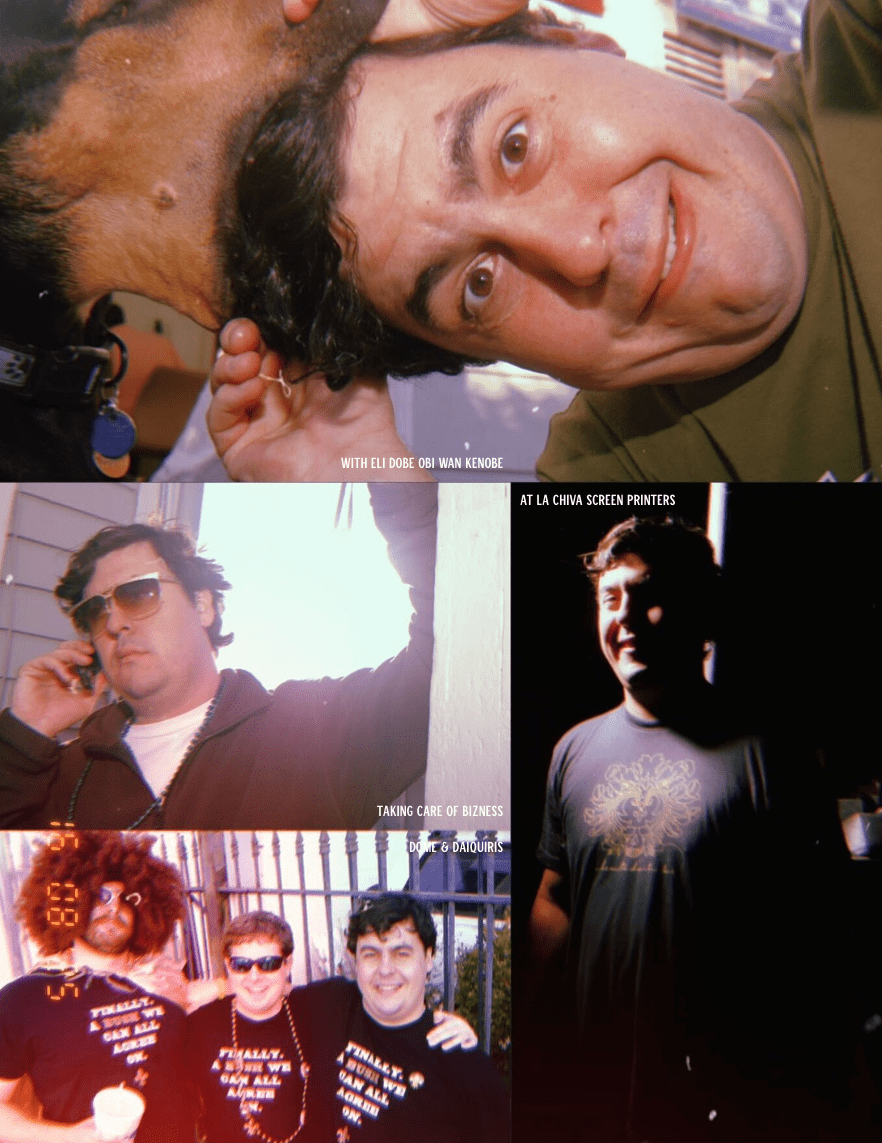
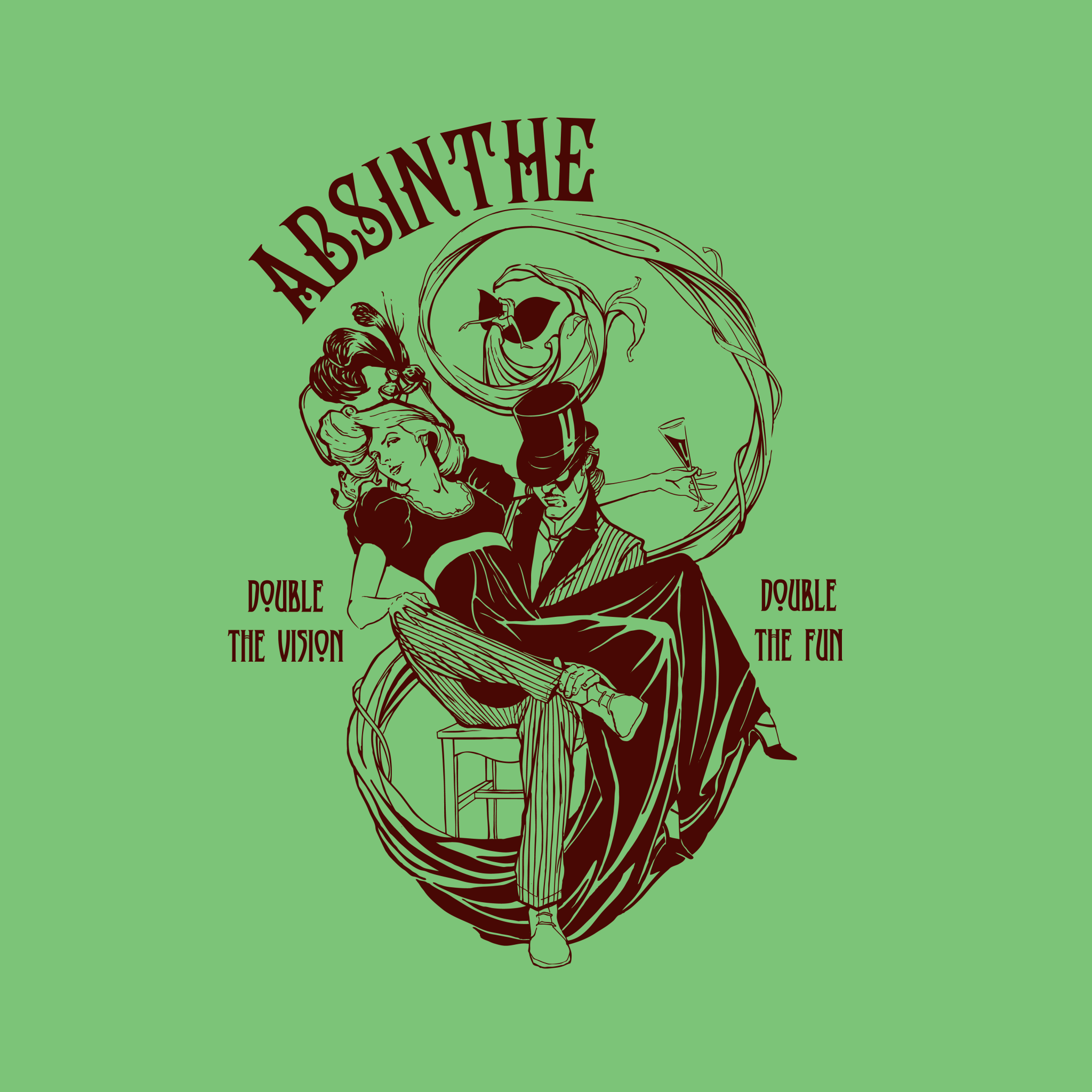


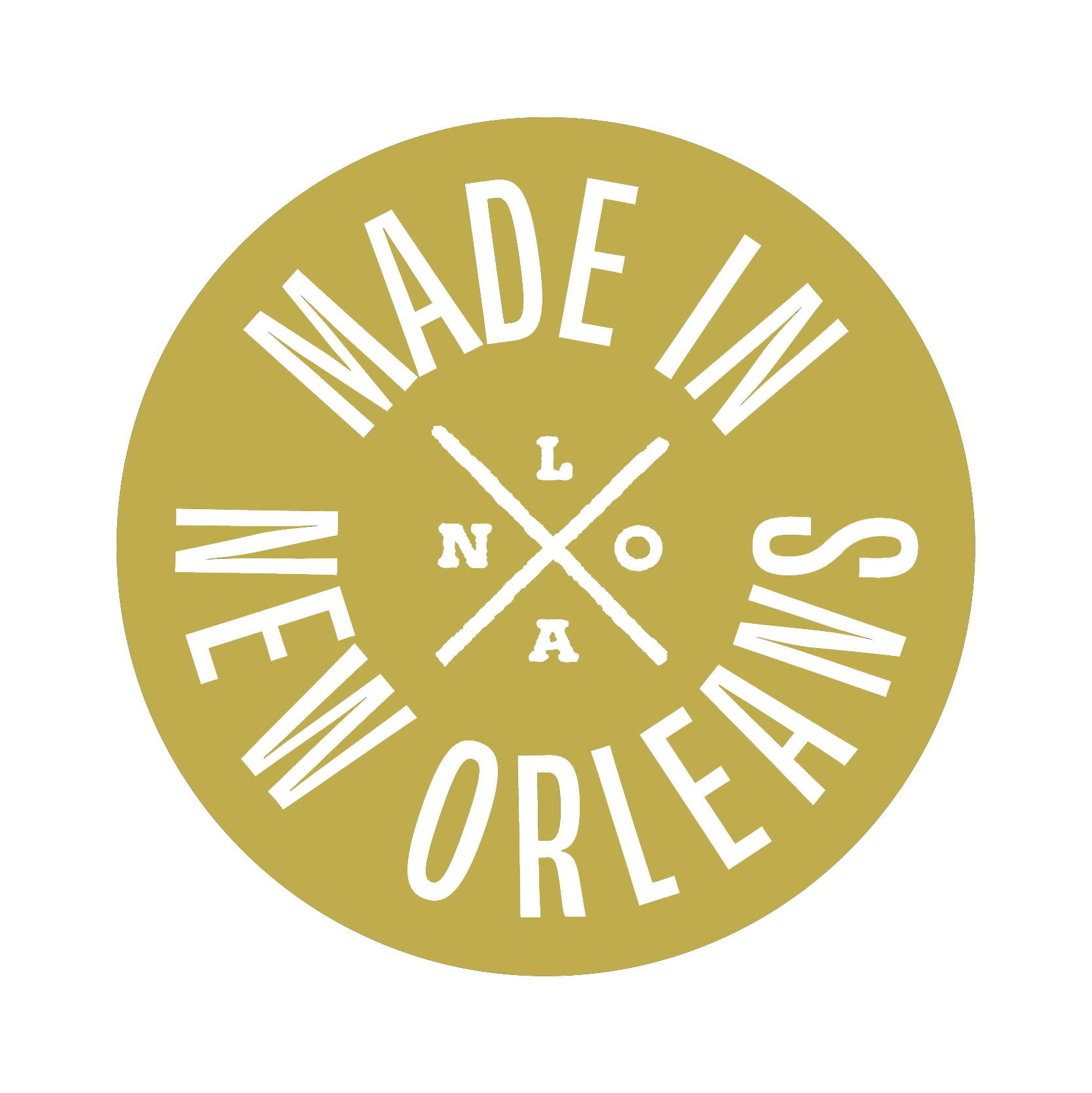
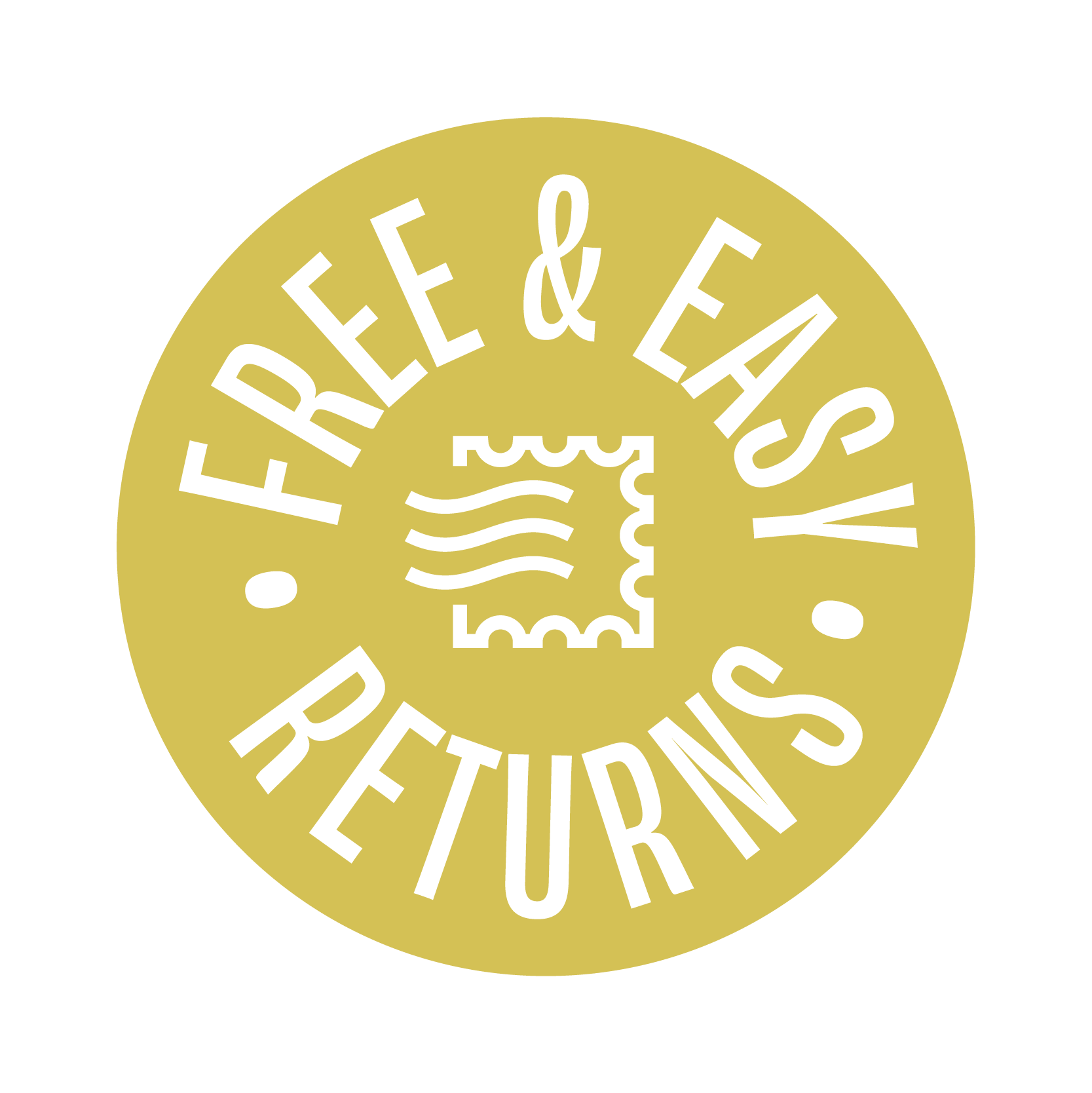

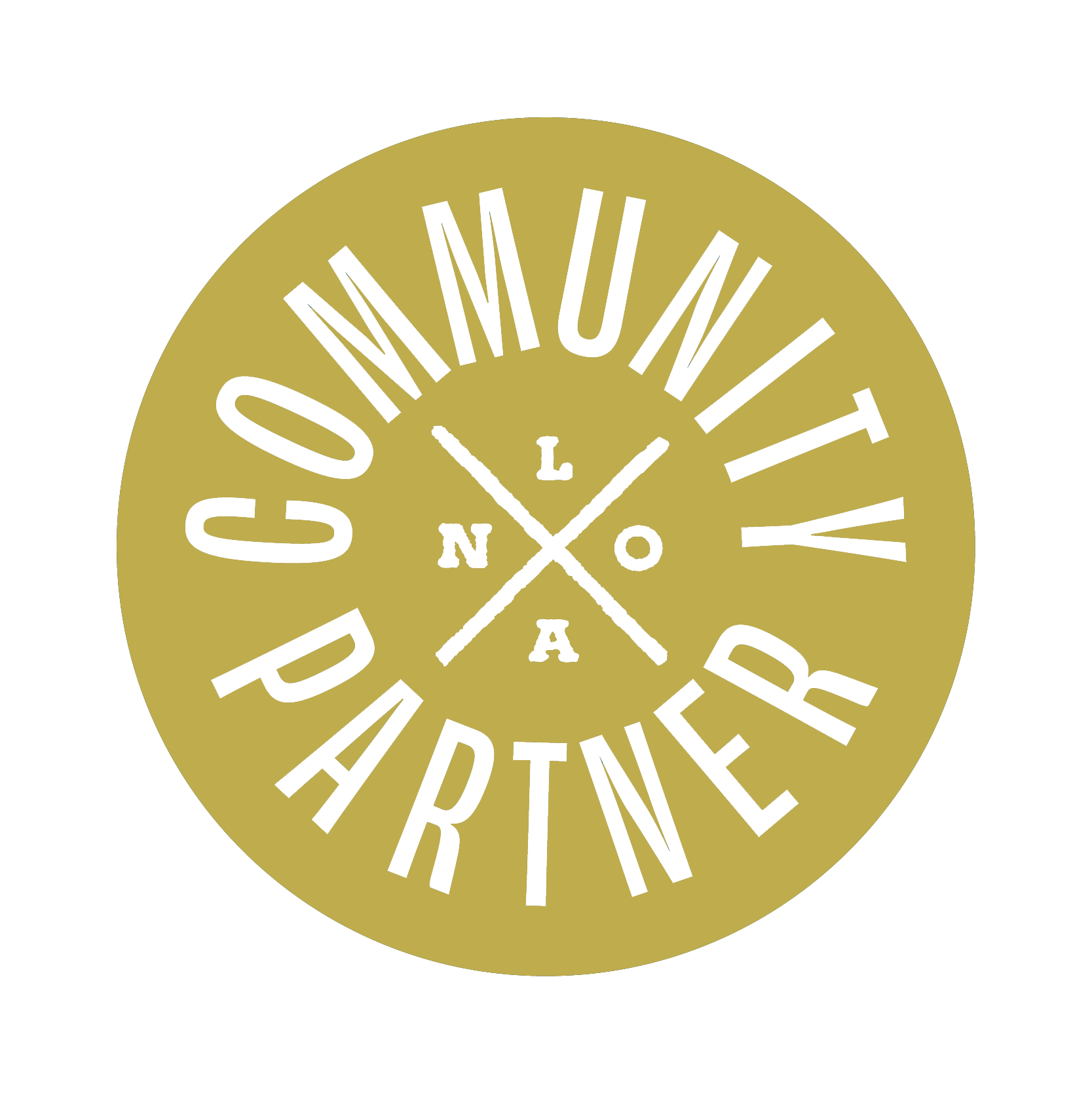
Leave a comment
All comments are moderated before being published.
This site is protected by hCaptcha and the hCaptcha Privacy Policy and Terms of Service apply.